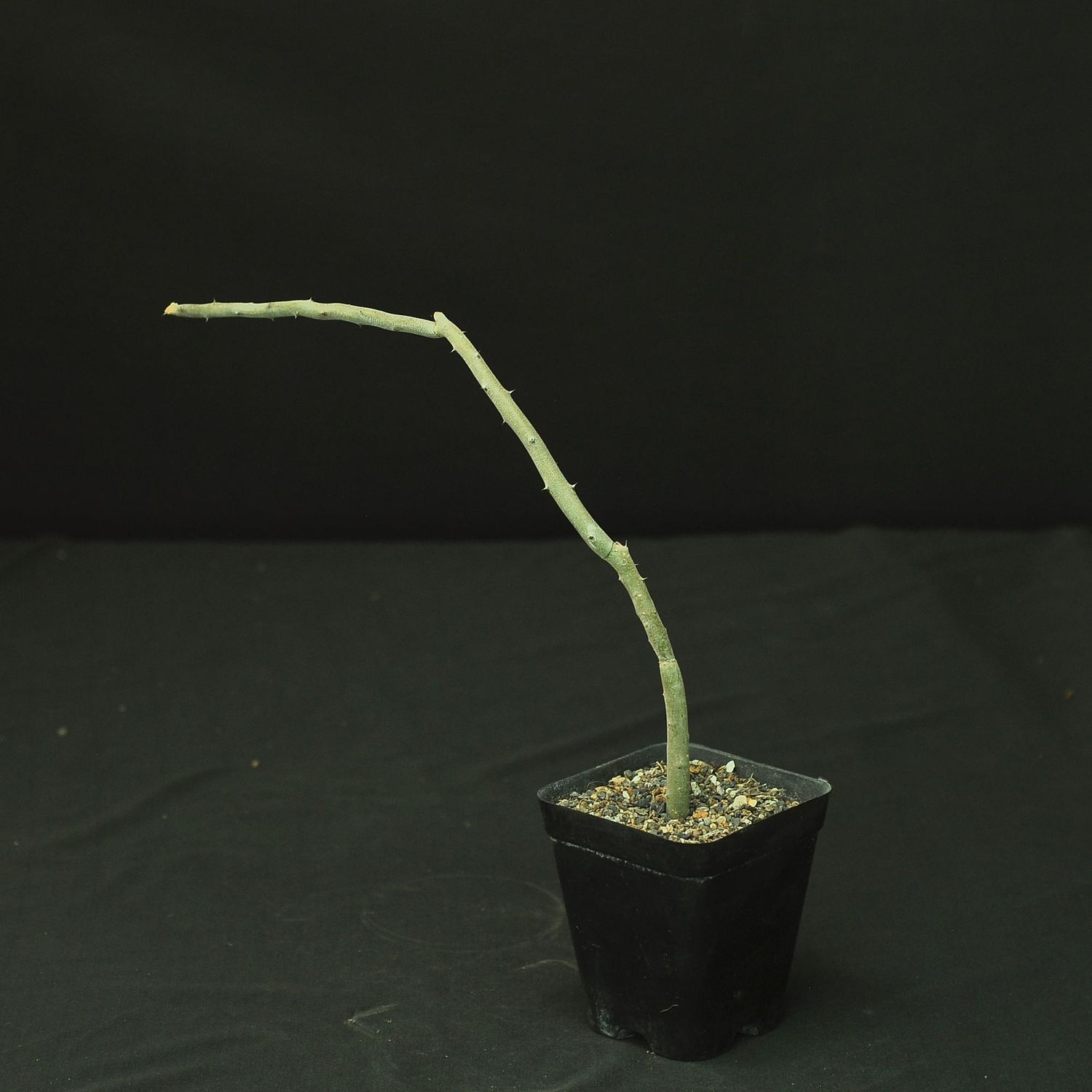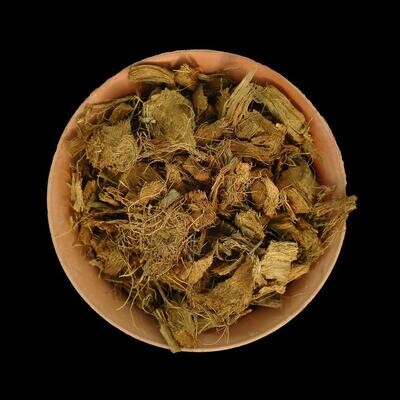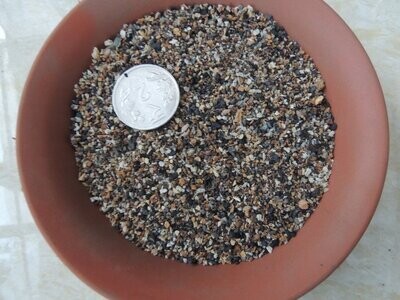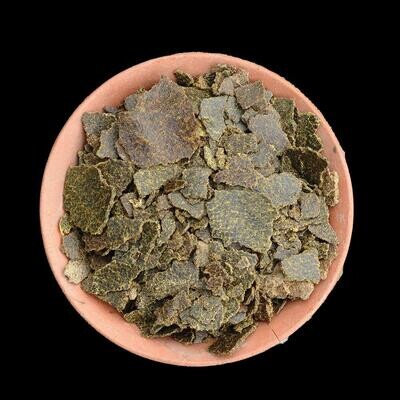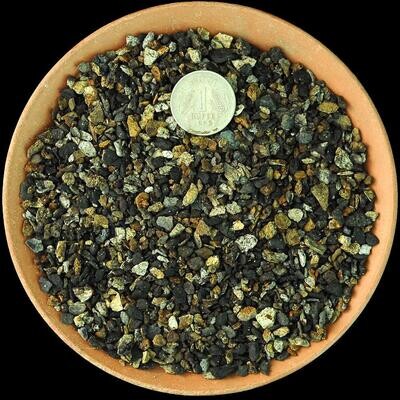Please check the Shipping Updates Page for information on shipping.
Alluaudia dumosa
Etymology
The genus name "Alluaudia" honors Charles Alluaud, a French entomologist and explorer who significantly contributed to the study of Madagascar's unique flora and fauna. The species name "dumosa" comes from the Latin word "dumosus," meaning "bushy" or "full of shrubs," which highlights the plant’s shrubby growth habit. The nomenclature reflects both the plant’s origin and its distinctive morphological traits.
Synonyms
Alluaudia dumosa does not have many widely recognized synonyms, but it may sometimes be confused with related species within the Didiereaceae family due to its similar appearance. As taxonomy is refined over time, it is important to reference the latest scientific literature to confirm the most current and accepted classification.
Origin
Alluaudia dumosa is endemic to Madagascar, specifically thriving in the island's spiny forests and arid regions. These ecosystems are characterized by dry, rocky soils and minimal rainfall, providing conditions suited to the plant’s drought-resistant adaptations. The unique biodiversity of Madagascar’s ecosystems contributes to Alluaudia dumosa's specialized growth requirements and ecological niche.
Description
Alluaudia dumosa is a deciduous succulent shrub that can grow up to 10 feet (3 meters) in height. The plant is distinguished by its sparse, spiny branches that are cylindrical and covered with small, sharp thorns. Its leaves are tiny and deciduous, shedding during the dry season to conserve moisture. During the wet season, new leaves appear alongside small, inconspicuous flowers that emit a subtle fragrance. The flowers are typically greenish-white, contributing to the plant’s modest ornamental appeal. The plant’s structural adaptations, such as reduced leaf size and spiny stems, help minimize water loss and protect against herbivory.
Conservation Status
Currently, Alluaudia dumosa is not classified as endangered; however, its natural habitat faces threats from deforestation and land conversion for agriculture and human settlement. Conservation efforts are critical to preserving the unique environments of Madagascar's spiny forests and ensuring the survival of species like Alluaudia dumosa.
Care Instructions
Alluaudia dumosa can be an intriguing addition to succulent collections, offering unique architectural beauty. Here are the key guidelines for optimal care:
- Light: Prefers full sun exposure. Providing ample direct sunlight is essential for healthy growth and maintaining its shrub-like form.
- Water: Water sparingly, especially during the plant's dormant period when leaves are shed. Allow the soil to dry out completely between waterings to avoid root rot.
- Soil: Use a well-draining cactus or succulent mix to ensure proper drainage. Incorporating perlite or coarse sand into the soil mixture can enhance aeration.
- Temperature: Thrives in warm temperatures, ideally between 70°F to 90°F (21°C to 32°C). It is not frost-tolerant and should be protected from temperatures below 40°F (4°C).
- Humidity: Prefers low humidity, consistent with its native arid environment. Ensure good air circulation to prevent fungal issues associated with higher humidity levels.
- Fertilization: Apply a diluted cactus fertilizer during the growing season (spring and summer), but do so sparingly to avoid over-fertilization, which can harm the plant.
